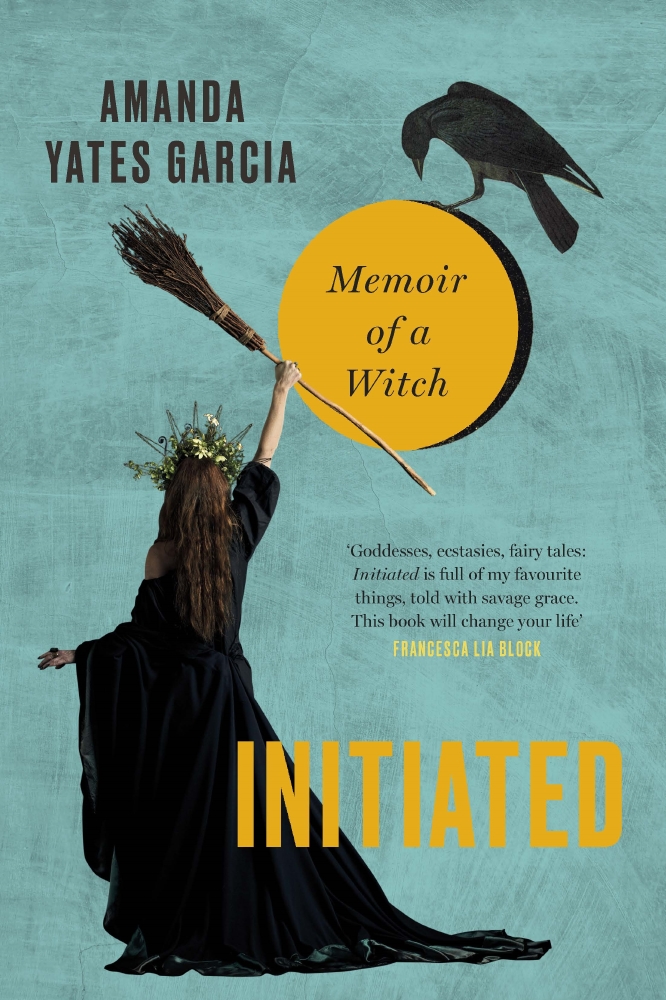When I was living in London many years ago, some friends and I drove out late one October night to shoot a dance film at Glastonbury Tor. We were making the piece in honor of the witches who were persecuted during the European Inquisitions.

Initiated
As a hereditary witch, I was raised in witchcraft, initiated into it by my mother when I was 13 years old. When I was a child, my mother would tell me that now is the season when the veil between the worlds becomes thin. Samhain, otherwise known as Halloween, is the time when we connect with our ancestors and the spirits of the land on which we live.
At the Tor that October night, my dancer friends and I climbed through the scrub on the spiraling hillside. We danced under a bare sliver of moonlight, damp earth beneath our feet, hair lashing, the wind snapping the breath from our lungs. This was the land of Morgan le Fay, the fairy queen of Avalon, a sorceress able to summon the spirits of the dead.
My intention that night was to honor both the genetic Celts from whom I descend and my spiritual ancestors, the wild women and sorceresses who’ve existed throughout space and time, in myths and fairytales, and as living stewards of the land. My friends and I were there to raise these ancestral spirits from the mists through the power of our dance.
20 years later, witchcraft is everywhere, and I would like to think our conjurations contributed to that rise in some small part. But most articles we see about witchcraft today focus on the popularity of astrology with millennials, the fetishization of witch fashion – like the tarot-themed dresses by Christian Dior, or the current vogue for crystals in store-bought “witch kits”. Sometimes, witches are criticized, rightly, for the overharvesting of white sage and Palo Santo (both plants are indigenous to the Americas and are now endangered, yet they have no relationship to pagan traditions of northern Europe).
All of these critiques are fair, but what they ignore is the reason people are turning to witchcraft. People are trying to get back to a sacred relationship with the land and their ancestral history, but they’ve been raised in a culture that has convinced them that the only real way to connect with something is to consume it. The ancient ways of cultivating relationship with the earth have been lost.
As a professional witch, I wrote my book, Initiated: Memoir of a Witch because I could see in my clients a hunger for return a sacred, but a confusion about how to go about creating it. In telling the story of my own coming to witchcraft, I realized that the enchanted world I longed for was all around me. We don’t need to buy stones cut from a quarry in Madagascar in order to feel connected to the earth. The sandstone right beneath us is sacred. If we listen, it tells its own story. Now is the season, if we pay attention and approach our rituals with reverence, we will hear the voices of our ancestors calling us towards the sacred that has been all around us all along.
Author Bio:
Amanda Yates Garcia is a writer, artist, professional witch, and the Oracle of Los Angeles. Her work has been featured in the New York Times, The Millions, The LA Times, The London Times, LA Weekly, GOOP, Glamour, CNN, Salon, and many others. She has led classes and workshops on magic and witchcraft at UCLA, UC Irvine, MOCA Los Angeles, The Hammer Museum, LACMA, The Getty and many other venues. Co-host of the popular Strange Magic podcast, her first book, Initiated: Memoir of a Witch came out this October.

